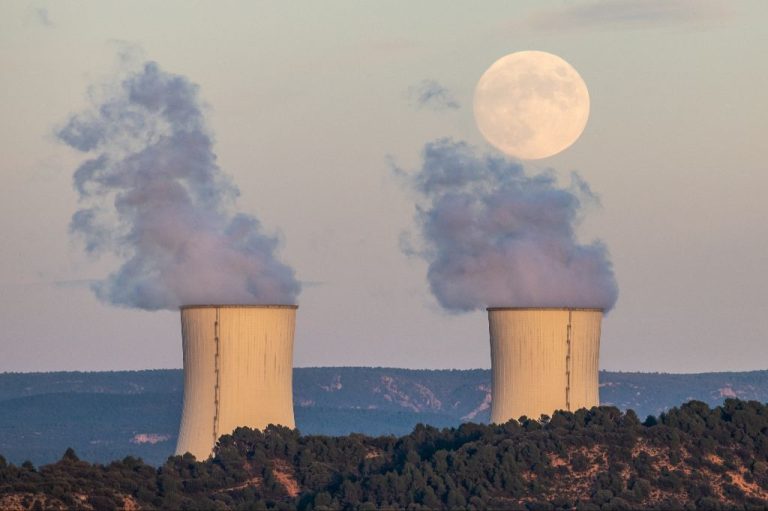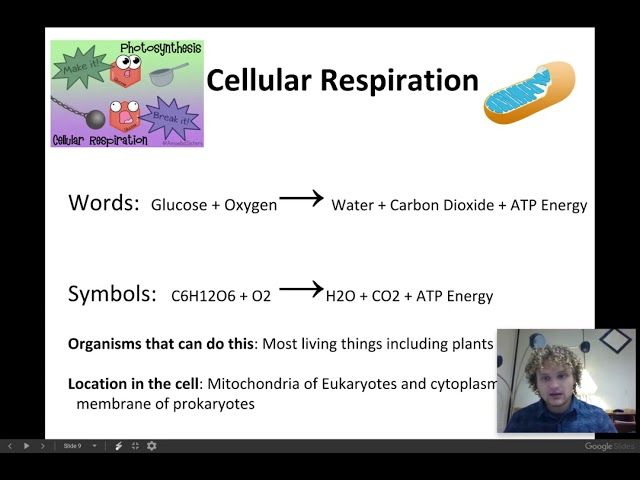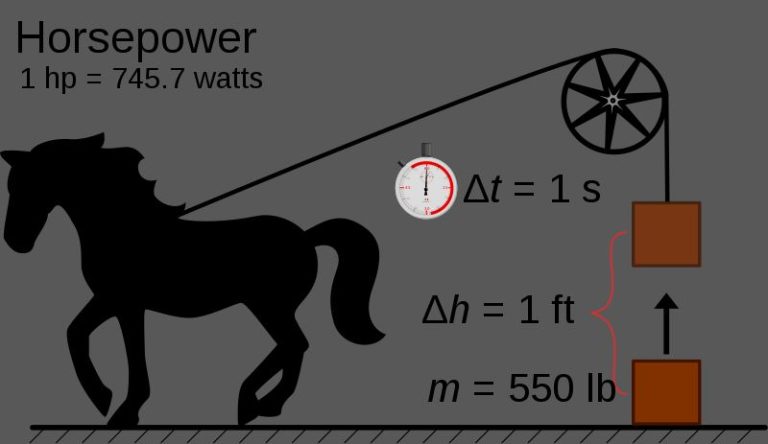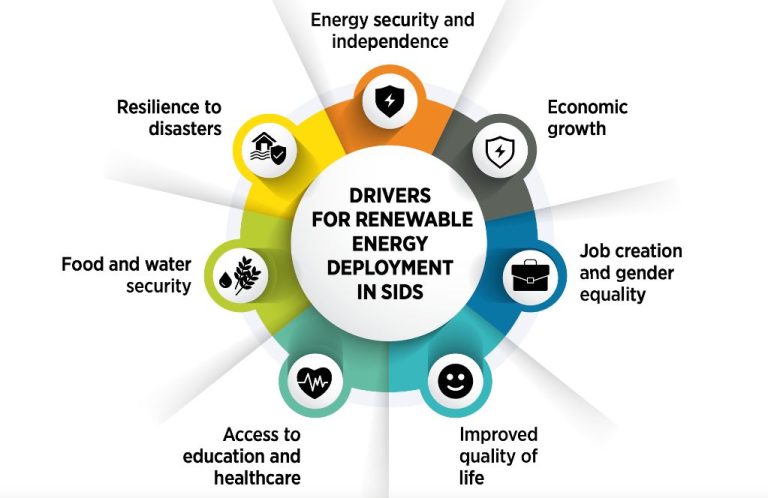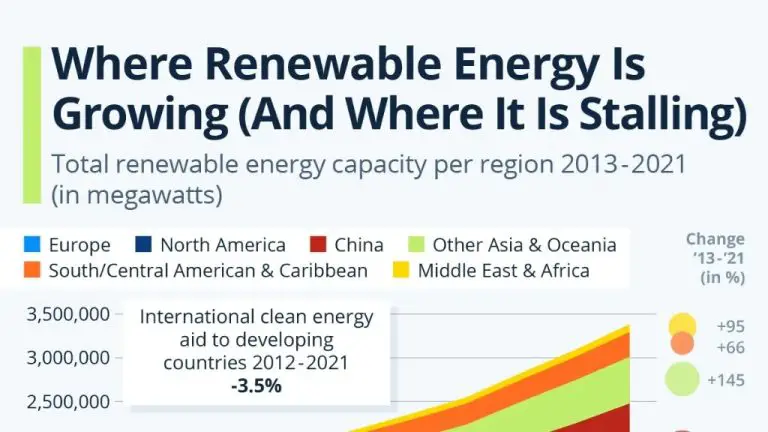What Is Difference Between Kinetic Energy And Mechanical?
Definition of Kinetic Energy
Kinetic energy is the energy associated with motion. An object that has motion – whether it is vertical or horizontal motion – has kinetic energy. The amount of kinetic energy depends on two factors: mass and velocity.
The more massive an object is and the faster it is moving, the more kinetic energy it has. Kinetic energy can be described by the following equation:
Kinetic Energy = 1/2 * mass * velocity^2
In this equation, mass is measured in kilograms (kg) and velocity is measured in meters per second (m/s). The kinetic energy is expressed in joules (J), which is a unit of energy measurement.
For example, a 5 kg object moving at 2 m/s has a kinetic energy of 10 J. Doubling its velocity to 4 m/s increases its kinetic energy to 40 J. This shows that kinetic energy increases exponentially with velocity.
Definition of Mechanical Energy
Mechanical energy is defined as the sum of kinetic and potential energy in a system. Kinetic energy is the energy of motion, while potential energy is stored energy based on an object’s position or shape. Mechanical energy refers to these forms of energy associated with the motion and position of physical objects.
Mechanical energy is a conserved quantity in closed systems, meaning the total mechanical energy remains constant. This is known as the conservation of mechanical energy principle. In an isolated system with no external forces, the mechanical energy at the start equals the mechanical energy at the end, even as the energy transforms between kinetic and potential forms.
Relationship Between Kinetic and Mechanical Energy
Kinetic energy is one component of mechanical energy. Mechanical energy is the sum of kinetic energy and potential energy in a system. Kinetic energy is the energy of motion – it is the energy an object has due to its motion. Potential energy is stored energy that an object has due to its position or shape.
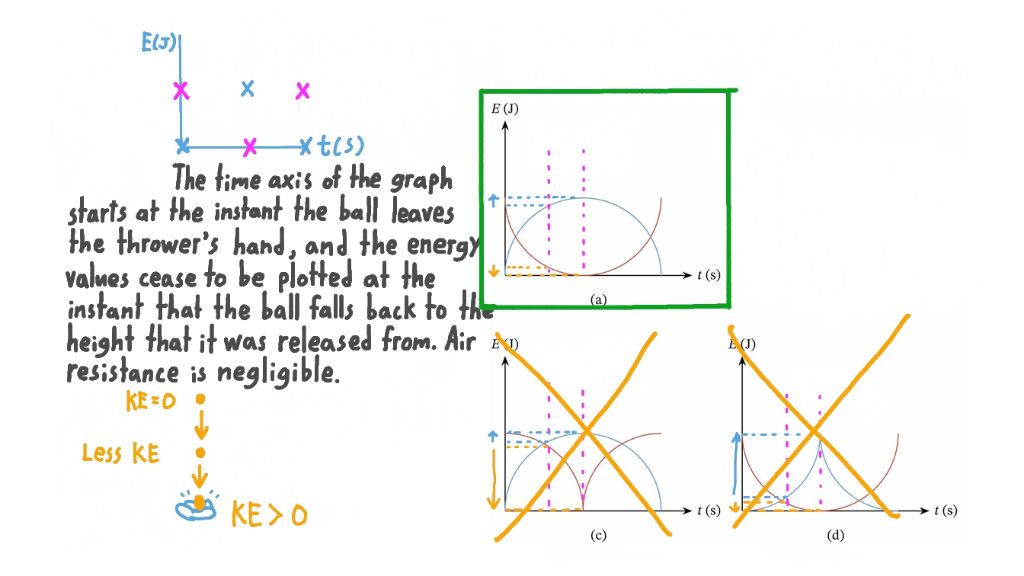
Mechanical energy can transform between kinetic and potential energy. For example, when you lift a ball upwards, you are giving the ball gravitational potential energy. As the ball falls back down, this potential energy is transformed into kinetic energy – the energy of motion. The mechanical energy of the system – the ball – remains constant, while the form of the energy transforms between potential and kinetic.
So in summary, kinetic energy is a component of mechanical energy, along with potential energy. Mechanical energy freely transforms between kinetic and potential, while the total mechanical energy remains fixed according to the conservation of energy.
Examples of Kinetic Energy
Kinetic energy is the energy possessed by an object due to its motion. Some common examples of kinetic energy include:
Moving Objects
Any object that is in motion, such as a ball being thrown or kicked, has kinetic energy. The amount of kinetic energy depends on the object’s mass and velocity. The faster or heavier an object is, the greater its kinetic energy.
Sound Waves
Sound waves propagate through the vibration of molecules, which involves kinetic motion. So sound carries kinetic energy through a medium like air or water. Louder sounds have greater kinetic energy.
Heat
On the molecular level, heat consists of the kinetic energy of atoms and molecules vibrating or moving. Higher temperatures mean greater molecular motion and kinetic energy. Heat transfer occurs as kinetic energy is conducted from higher energy to lower energy molecules.
Examples of Mechanical Energy
Some common examples of mechanical energy are:
Spring
The potential energy stored in a compressed or stretched spring is mechanical energy. When released, the spring converts this potential energy into kinetic energy as it recoils back to its neutral state.
Pendulum
A swinging pendulum constantly converts between kinetic energy at the bottom of its swing to gravitational potential energy at the top of its swing. The total mechanical energy remains constant if ignoring friction.
Falling Object
An object held at a height has gravitational potential energy which converts to kinetic energy as it falls. The velocity and therefore kinetic energy increases as the object falls until it reaches the ground.
Calculating Kinetic Energy
Kinetic energy depends on an object’s mass and velocity. It can be calculated using the following equation:
Kinetic Energy = 0.5 x m x v2
Where:
- m = mass in kg
- v = velocity in m/s
This equation shows that kinetic energy increases exponentially with velocity, while increasing linearly with mass. Doubling an object’s velocity quadruples its kinetic energy, while doubling the mass only doubles the kinetic energy.
Some examples of calculating kinetic energy:
- A 5 kg object moving at 2 m/s has a kinetic energy of 10 J.
- A 10 kg object moving at 4 m/s has a kinetic energy of 80 J.
This kinetic energy equation is very important for calculating the motion and impact of objects. It has many applications in physics, engineering, and other fields.
Conservation of Mechanical Energy
Mechanical energy is conserved in closed systems, meaning the total mechanical energy in a closed system remains constant. Mechanical energy can transfer between potential energy and kinetic energy, but the total amount of mechanical energy is unchanged.
For example, a roller coaster at the top of a hill has a high potential energy. As the roller coaster moves downhill, it accelerates and gains kinetic energy. The potential energy is transferred to kinetic energy, so the total mechanical energy remains the same. This transfer of energy follows the law of conservation of mechanical energy.
The formula for mechanical energy is:
Mechanical Energy = Potential Energy + Kinetic Energy
According to the law of conservation of mechanical energy, if no non-conservative forces like friction act on the system, the total mechanical energy of the system remains constant. This applies to closed systems only.
Applications of Kinetic Energy
Kinetic energy has several important real-world applications:
Electricity Generation
Many power plants convert kinetic energy into electricity. For example, hydropower plants use the kinetic energy of flowing water to turn turbines and generate power. Fossil fuel plants generate electricity by burning fuels to release heat that creates steam to spin turbines. Wind turbines and tidal turbines also harness kinetic energy from the natural motion of air and water.
Explosives
Explosives and firearms operate through the extremely rapid release of kinetic energy. When explosives detonate or guns fire, rapid expansion of gases impart kinetic energy to the surrounding materials, creating a blast wave.
Particle Accelerators
Particle accelerators speed up charged particles to extremely high velocities. As the particles gain kinetic energy, they can be used for particle physics research by colliding them into targets or other beams of particles. Examples include the Large Hadron Collider, which accelerates protons and heavy ions close to the speed of light.
Applications of Mechanical Energy
Mechanical energy has many practical applications in devices and systems that utilize springs, flywheels, and motors.
Motors
Motors convert electrical energy into mechanical energy through electromagnetic interactions. This mechanical energy produced by the motor enables useful motion and work. Common applications of motors utilizing mechanical energy include electric drills, blenders, fans, and hydraulic systems.
Springs
Springs are able to store mechanical energy when deformed through the elastic potential energy inherent in their material and structure. This mechanical energy can then be released from the spring to transfer force quickly. Springs find use storing energy in clocks, toys, valves, and suspension systems.
Flywheels
Flywheels are able to smoothly store and discharge mechanical energy through their rotational inertia. This makes them useful for stabilizing the delivery of power in piston engines. Flywheels also help maintain the momentum in systems with oscillating energy demands.
Key Differences Between Kinetic and Mechanical Energy
There are some important distinctions between kinetic energy and mechanical energy:
Kinetic energy is the energy of motion, whereas mechanical energy includes potential energy as well as kinetic energy. Kinetic energy depends only on the mass and velocity of an object. Mechanical energy accounts for the position and configuration of an object, including stored energy in springs, gravitational potential energy, etc.
For example, a ball at the top of a ramp has mechanical energy because of its position, but no kinetic energy because it is not moving. As the ball rolls down the ramp, its potential energy gets converted to kinetic energy. But the mechanical energy remains constant, abiding by the law of conservation of energy.
In summary, kinetic energy only depends on mass and velocity, while mechanical energy depends on an object’s position and configuration as well as its motion. Kinetic energy is a component of mechanical energy.

